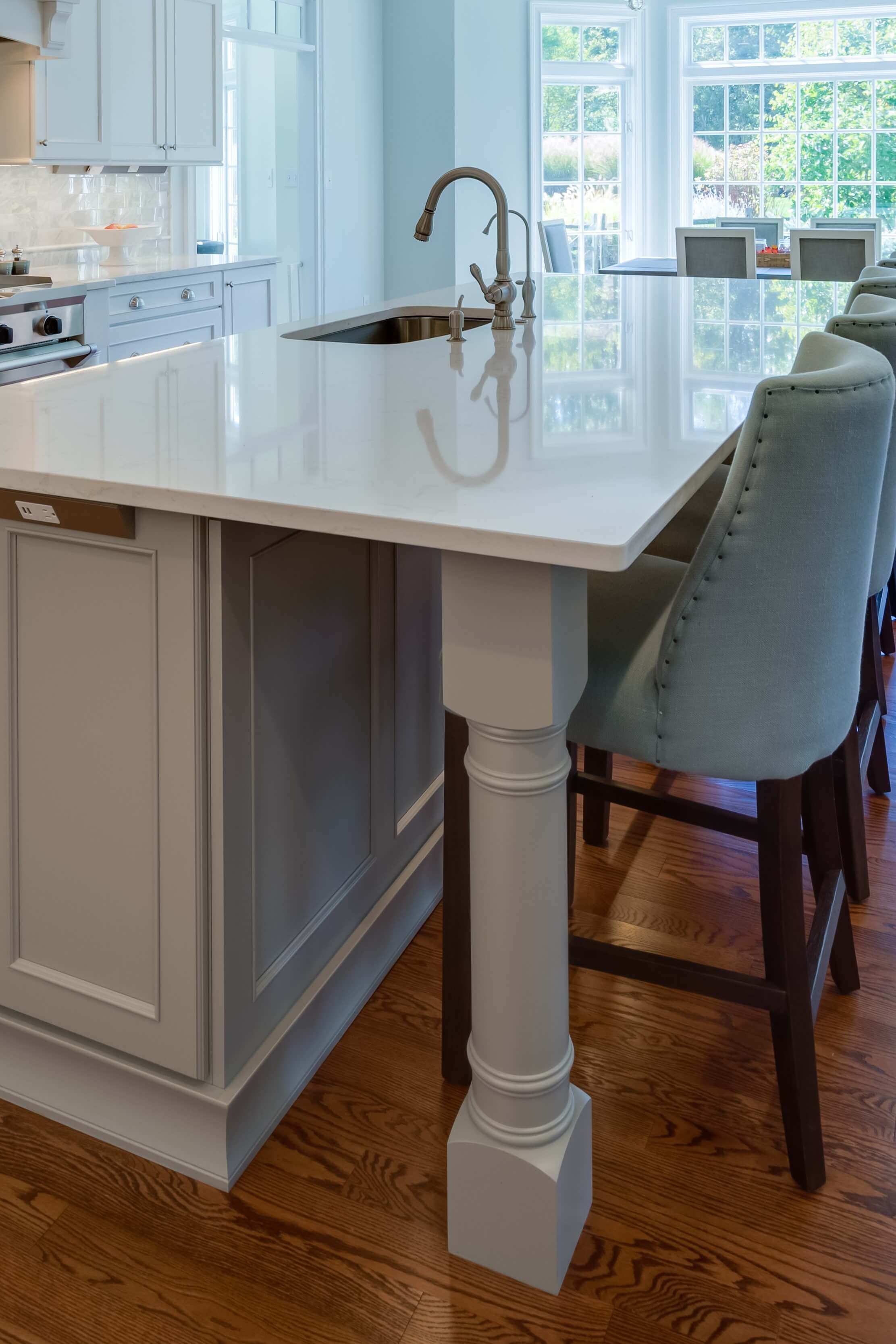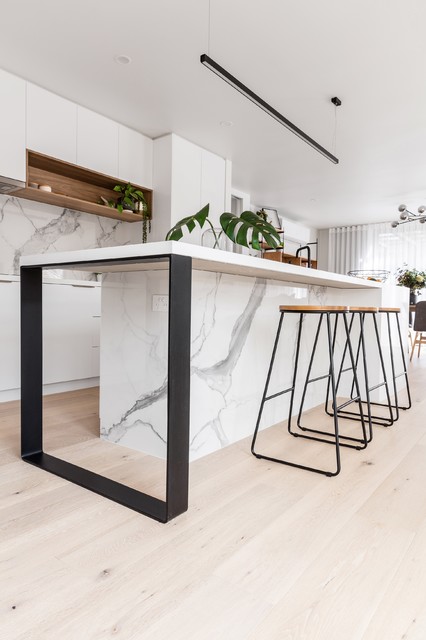A Comprehensive Guide to Selecting the Right Kitchen Island Leg
A Comprehensive Guide to Selecting the Right Kitchen Island Leg
Blog Article
Checking Out the Important Features of a Cooking Area Island Leg for Your Culinary Area
The kitchen area island acts as a main center in any culinary area, and the option of leg design is pivotal in boosting both its performance and visual allure. Comprehending the important attributes of kitchen area island legs-- including product choices, layout styles, and security elements-- can significantly affect the overall experience within the cooking area. As we explore these components, we will reveal exactly how thoughtful customization and devices can elevate your cooking area island from a mere energy to a striking centerpiece. What details considerations should be focused on to achieve this equilibrium?
Relevance of Kitchen Area Island Legs
Cooking area island legs play an important duty in both the performance and aesthetic appeals of a kitchen area. They not just sustain the weight of the island but likewise enhance the total design, adding to the kitchen area's visual charm. The choice of legs can dictate the design of the cooking area, be it contemporary, typical, or rustic.
Functionally, robust and correctly designed legs make certain stability, enabling the risk-free use the island for different jobs such as food preparation, dining, or entertaining. Solid legs avoid wobbling and moving, offering a trusted surface area for day-to-day tasks.
In addition, the elevation and positioning of the legs can influence the comfort level for those seated at the island. A well-considered height can accommodate bar stools or chairs, advertising a welcoming setting for celebrations.
In enhancement to these sensible factors to consider, cooking area island legs can work as a prime focus in the space (kitchen island leg). Decorative or uniquely made legs can boost the style aesthetic, making the island a centerpiece. Hence, picking the ideal kitchen area island legs is vital for balancing form and feature in any type of culinary space
Product Options for Legs
Picking the suitable material for cooking area island legs substantially affects both sturdiness and design. Usual product options consist of metal, timber, and stone, each offering unique advantages.
Timber is a prominent selection because of its warmth and convenience. It can be quickly tailored to match different decoration styles, from rustic to modern. Hardwoods like oak and maple provide superb stamina and long life, while softer timbers can be much more at risk to tear and put on.
Metal legs are favored for their streamlined, contemporary visual. kitchen island leg. Stainless steel and light weight aluminum are not only durable however additionally resistant to corrosion and rust, making them excellent for kitchen area environments. They can produce a commercial look and are usually offered in various surfaces to complement various other kitchen aspects
Rock legs, such as granite or marble, add an element of deluxe and stability. While heavier than various other materials, they supply outstanding sturdiness and can withstand considerable weight. They might require additional assistance to guarantee correct balance.
Eventually, the option of material should straighten with both practical requirements and the total layout vision of the kitchen area space, ensuring that the island legs enhance both energy and aesthetics.
Layout Designs to Think About
What design styles should be taken into consideration when picking legs for a cooking area island? The selection of leg design considerably influences the total visual of your cooking area. For a contemporary cooking area, sleek and minimalistic leg styles, such as stainless steel or geometric forms, can improve the modern charm, providing a tidy and uncluttered look.
On the other hand, conventional cooking areas gain from traditional designs such as turned or carved wood legs, which add warmth and personality. These alternatives typically include elaborate information that enhance vintage furnishings. For a rustic setting, consider legs made from recovered timber or functioned iron, which bring a natural, earthy high quality to the room.
If you lean in the direction of an industrial style, durable metal legs with a distressed surface might be perfect, supplying an edgy yet innovative touch. Additionally, farmhouse style kitchen areas can include chunky legs that stimulate a feeling of durability and homeliness.

Height and Security Factors
The site link elevation and stability of a cooking area island are critical aspects that straight impact its performance and user experience. A suitable kitchen island leg must provide adequate elevation to accommodate a range of jobs, from cooking to laid-back eating. Typically, kitchen area islands separate 36 to 42 inches tall, lining up with typical counter and bar heights. This variety makes sure convenience for users while carrying out numerous activities, thus improving the total usability of the space.
Security is just as important, particularly as kitchen islands typically serve as focal points in cooking settings. The leg's add-on to the island's base need to be protected, guaranteeing longevity and resilience against the wear and tear of everyday use.
Personalization and Devices
Personalization choices and devices for kitchen area island legs can significantly improve both the aesthetic charm and functionality of the area. Homeowners can pick from a variety of products, consisting of rock, timber, and metal, enabling seamless assimilation with existing kitchen style. The choice of surface-- be it an all-natural stain, repaint, or powder covering-- more personalizes the appearance, guaranteeing that the island enhances the overall style motif.
Along with material and coating, homeowners may likewise discover the consolidation of devices such as decorative brackets, adjustable feet, or incorporated shelving. Brackets can use additional assistance while contributing to a modern or rustic visual. Adjustable feet are specifically helpful for uneven floor covering, making certain the island remains stable and degree, which is important for both safety and security and functionality.

Final Thought
In verdict, cooking area island legs offer a crucial role in offering stability and enhancing the overall aesthetic of the culinary space. Customization options and devices can boost the cooking area island, making it a distinctive focal factor within the home.
The cooking area island offers as a main center in any type of culinary space, and the option of leg design is pivotal in enhancing both its capability and aesthetic charm. Comprehending the necessary attributes of cooking area island legs-- consisting of material options, design styles, and security aspects-- can substantially affect the overall experience within the kitchen.Cooking area island legs blog here play a critical function in both the performance and appearances of a cooking area area.What design styles should be considered when picking legs for a cooking area island?In final thought, kitchen island legs offer an essential function in offering security and improving the overall visual of my company the culinary room.
Report this page